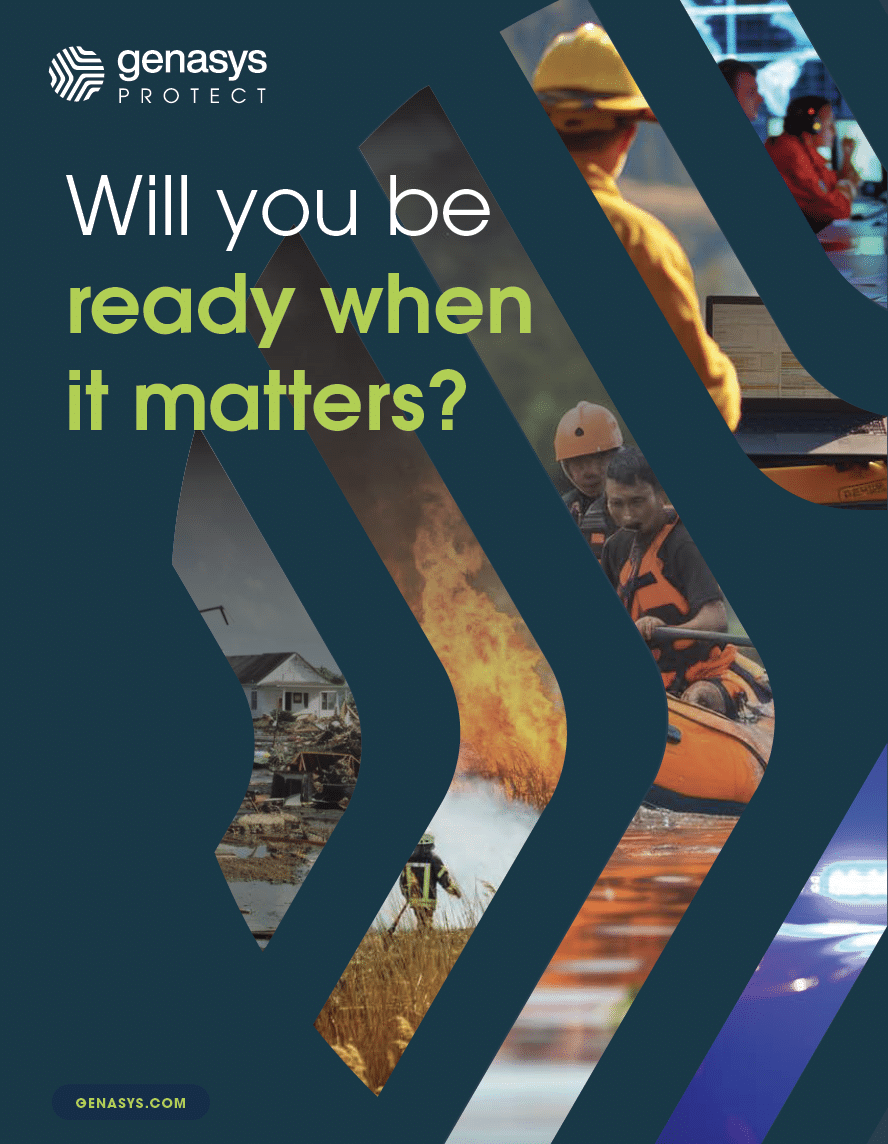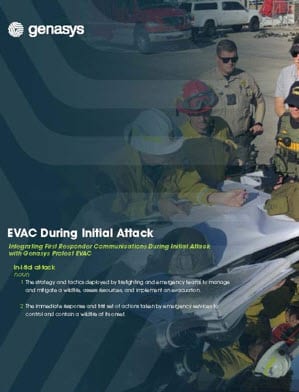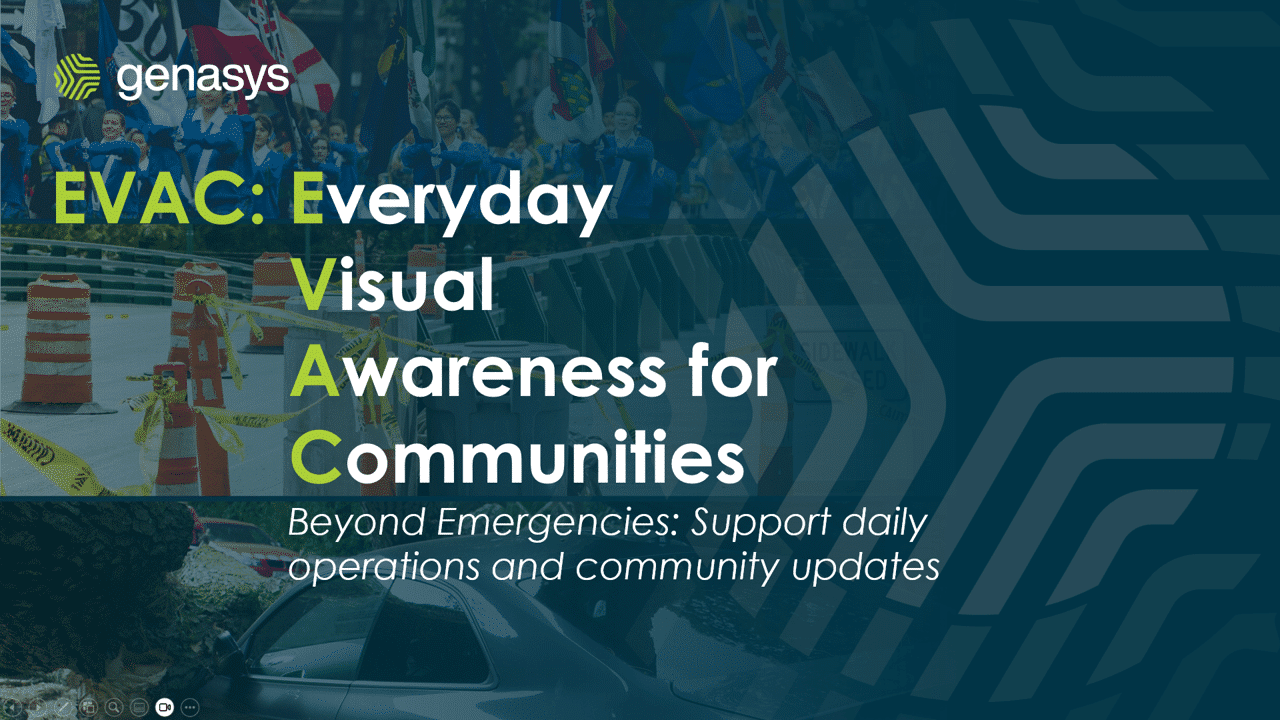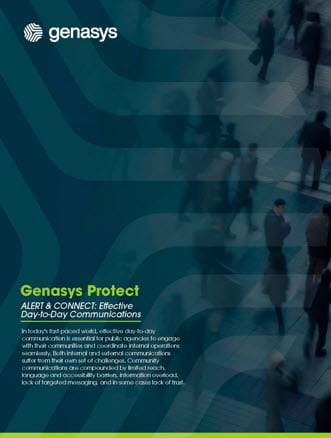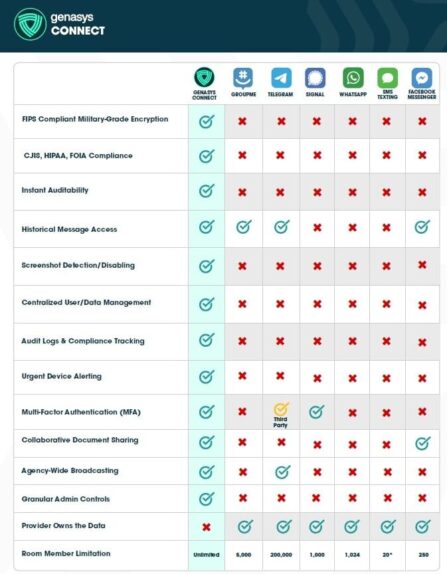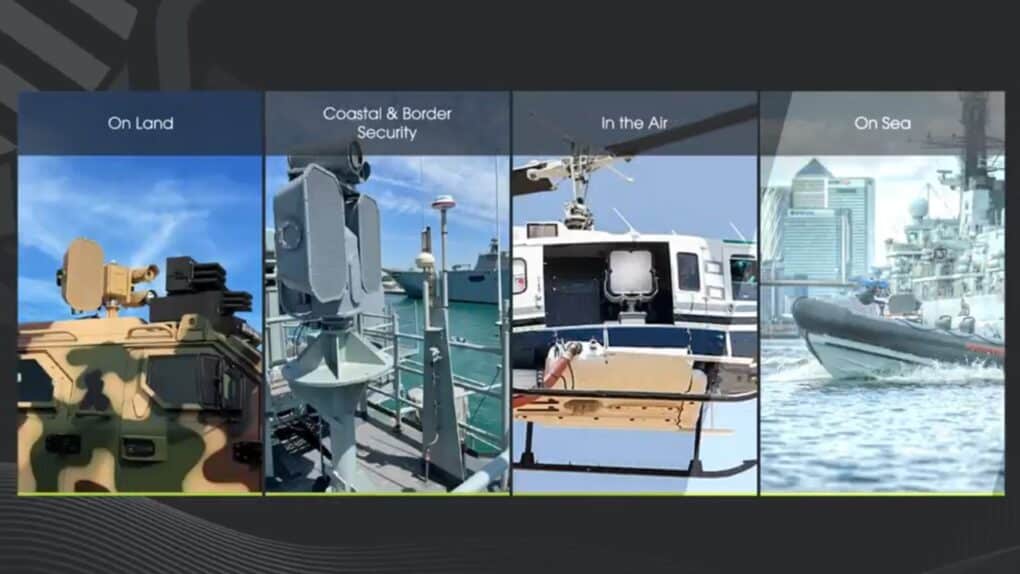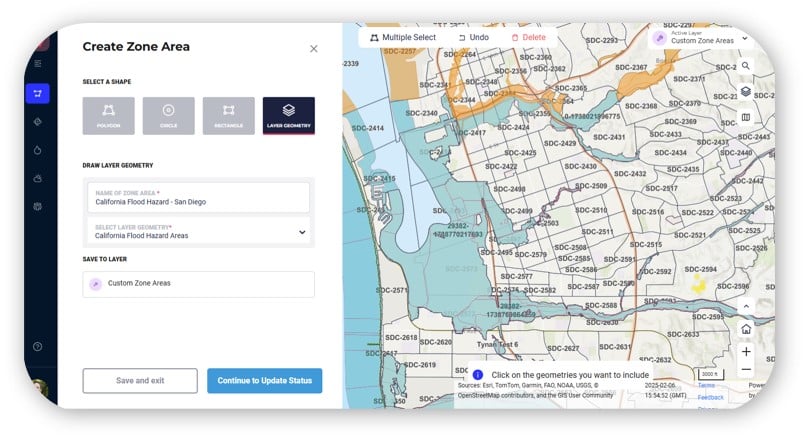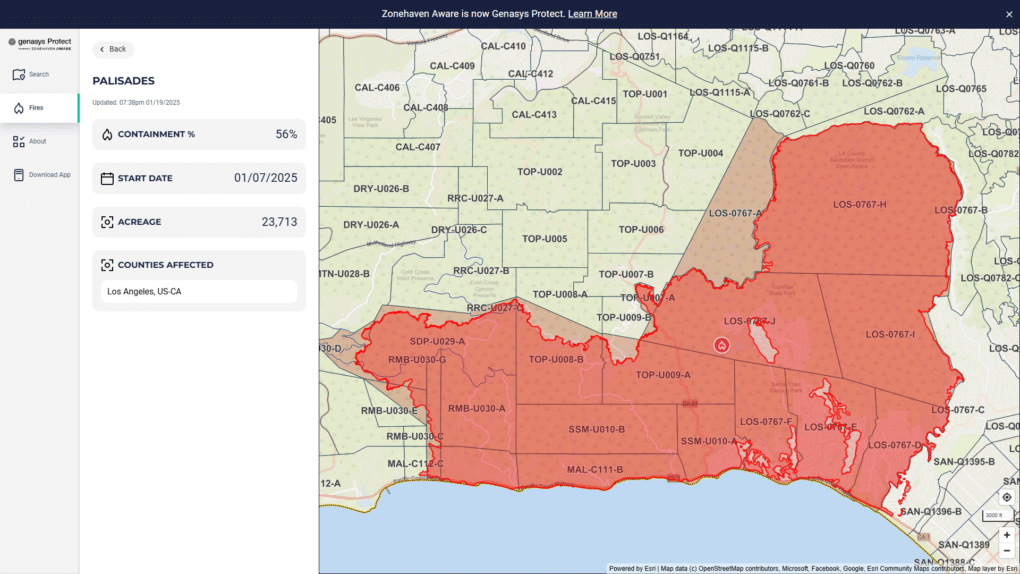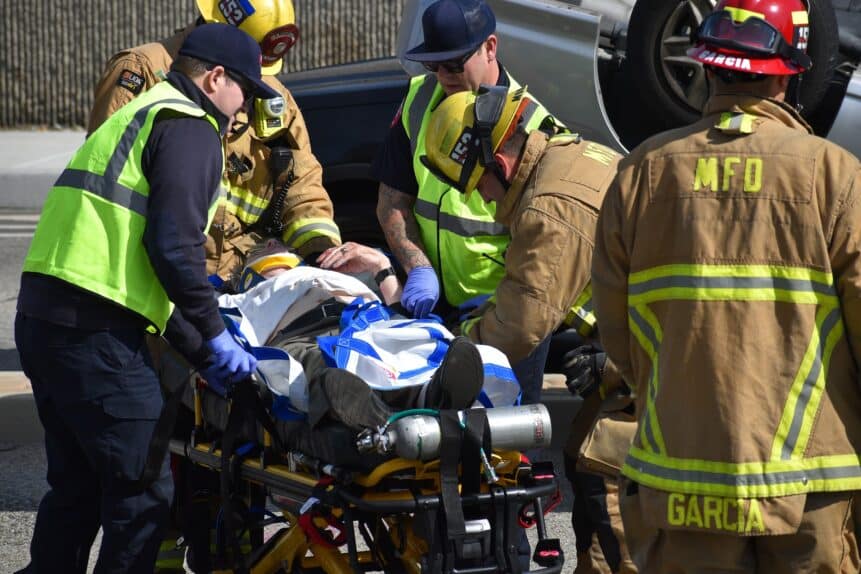The second half of 2024 promises to be even more volatile than the first.
Elections across the U.S., Europe, South America, and Afrika are taking place and can impact national security and global stability around the world. There is the potential for mass migration and displacement, plus food and water insecurity, brought about by global warming and this summer’s record-breaking heat, and the continued armed conflicts in Gaza, Sudan, and Ukraine sparking major protests around the world.
And don’t forget the Olympics in Paris and U.S. political conventions yet to come—prime high visibility protest targets.
Navigating a World in Flux Where Global Events Set the Tone
2024 has been a year marked by a series of high-stakes global events. From the political unrest during elections across the globe to the unprecedented heat impacting people, animals, infrastructure, and environments worldwide, law enforcement agencies face unprecedented challenges that can lead to widespread civil disturbances.
These dynamic issues and their implications for law enforcement continue putting additional pressures on public safety mechanisms where the responsibility for managing civil unrest falls.
Critical Communications in Times of Crisis
In the face of civil unrest and global disturbances, the role of robust emergency communication systems cannot be overstated. Law enforcement agencies must ensure that they have effective communication tools that can not only manage large crowds but also keep both the public and first responders safe.
Technologies like Long Range Acoustic Devices (LRAD) have become essential in managing civil protests by facilitating clear and direct communication. Moreover, advanced messaging applications and technologies for law enforcement and first responders provide a backbone for crisis management by ensuring that instructions and alerts are cross-communicated and disseminated to the public swiftly and accurately.
Enhancing Public Safety with Advanced Technologies
The safety of both the public and first responders during times of civil disturbance is paramount. Law enforcement agencies are increasingly relying on sophisticated crisis management tools that include crowd control technologies and mass notification systems.
Protective Communications tools are designed for comprehensive hazard management, offering precise messaging, informed decision-making, secure collaboration between agencies, area-specific planning, and outdoor warning sirens. LRAD systems can transmit live or prerecorded voice messages with remarkable clarity, which is suitable for various operational contexts that enable communication from safe distances.
These tools are designed to handle emergency situations efficiently, minimizing harm and ensuring public safety. By integrating these technologies, law enforcement can better manage the complex dynamics of modern civil unrest and respond more effectively to emergency situations.
Future-Proofing Law Enforcement with Innovative Strategies
As global events continue to evolve, so must the strategies law enforcement agencies employ. Integrating advanced technologies such as civil unrest response systems and emergency communication platforms is crucial.
These systems not only enhance the capability of law enforcement agencies to manage disturbances but also ensure that they can anticipate and react to crises proactively. By staying ahead of the curve, agencies can better prepare for the uncertainties that lie ahead.
Without a doubt, 2024 challenges law enforcement agencies to not only respond to immediate crises but also to anticipate future ones. By leveraging innovative technologies and strategies, agencies can ensure that they remain prepared for whatever challenges global events may bring.
Contact Genasys to learn more about our protective communications, including Long Range Acoustic Devices (LRADs) that are being used in over 100 countries and 500 U.S. cities, and CONNECT, our secure, encrypted messaging app being used by law enforcement in place of non-compliant apps like WhatsApp and Facebook Messenger.


